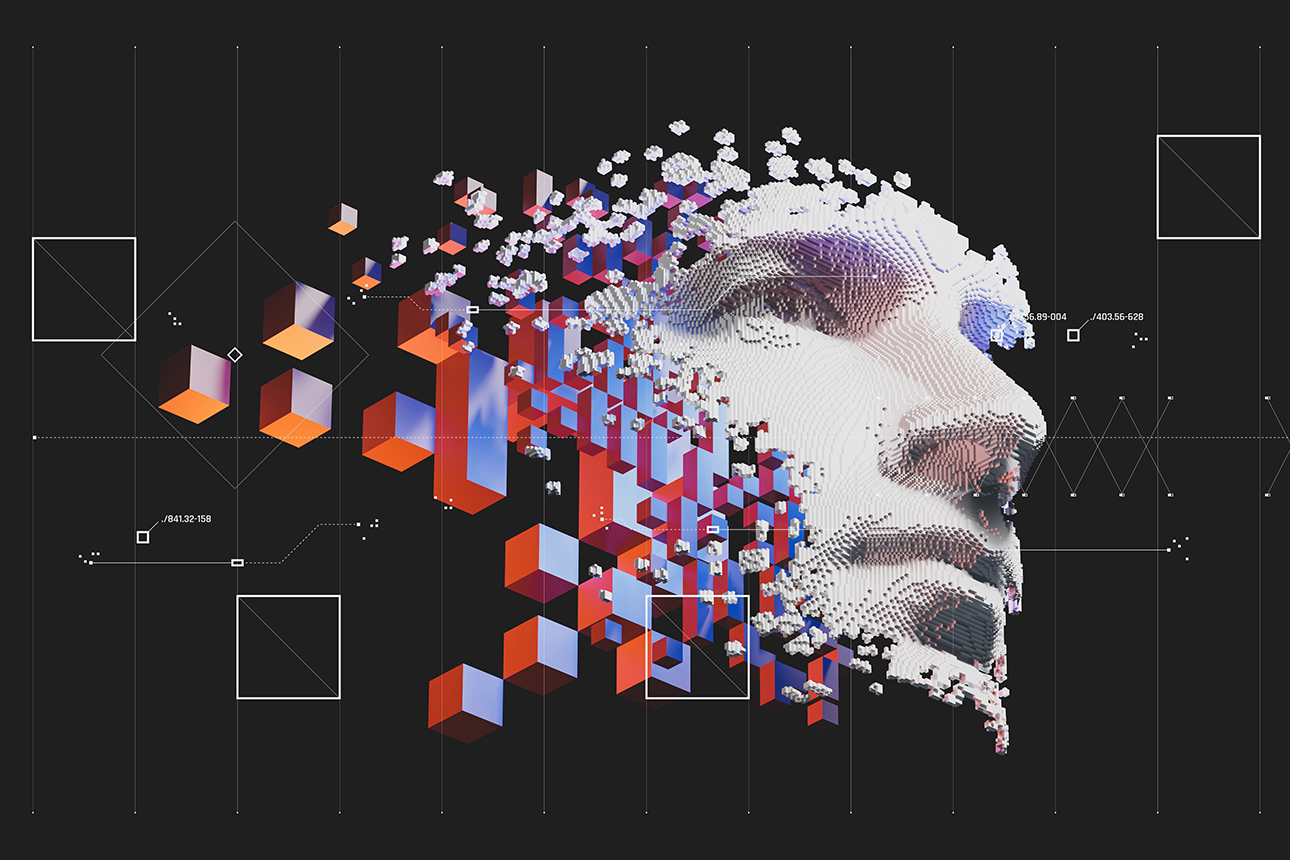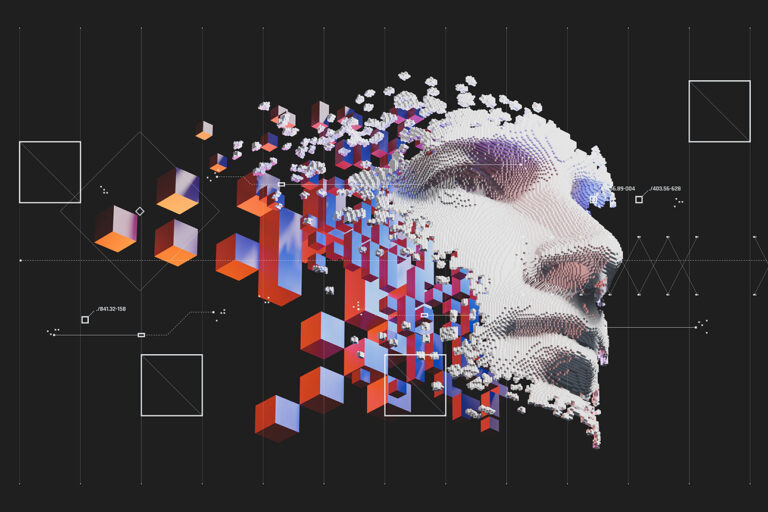
Digital Personas
The digital world has always been a space for creativity, escapism, and self-expression. From early chat rooms to modern-day social media platforms, people have continually experimented with how they present themselves online. Over the years, this has led to the rise of digital personas — crafted identities that often reflect parts of a person’s personality, interests, or fantasies in ways that real life might not allow. One fascinating subculture within this broader trend involves characters inspired by anthropomorphic animals, playful motifs, and a strong sense of whimsy.
Among these digital avatars, personas that draw from canine traits — floppy ears, wagging tails, and bubbly personalities — have gained particular traction. They represent an embrace of joy, loyalty, and innocence in a world that often leans toward irony and detachment. These avatars aren’t just about looking cute; they symbolize a specific kind of digital freedom, where users can explore fun and harmless sides of themselves without judgment.
A prime example of this playful digital persona movement is puppygirlxd, a character concept that melds youthful exuberance, lighthearted innocence, and the playful characteristics often associated with dogs. It resonates within communities that value creative and whimsical forms of self-expression.
Why Digital Personas Matter in Online Communities
The concept of adopting a different identity online is hardly new. Gamers have long chosen avatars in virtual worlds. Anime fans create original characters for roleplay. Social media users develop niche personas based on their hobbies, favorite aesthetics, or even fictional storylines. These personas serve several purposes:
- Escapism: Digital characters provide a break from the routines and constraints of everyday life. They allow individuals to shed responsibilities and explore identities they might not display in public.
- Creative Expression: Crafting a persona involves storytelling, design, and character-building, giving users an outlet for creativity in art, fashion, and interaction.
- Community Building: Shared persona trends or character archetypes often create tight-knit online groups where like-minded individuals bond over their mutual interests.
- Mental Health and Coping: For some, embodying a whimsical, carefree persona is a way to manage stress and anxiety, finding joy and humor in a lighthearted digital environment.
Anthropomorphism in Digital Culture
The idea of giving human characteristics to animals — known as anthropomorphism — is ancient, appearing in myths, fables, and religious texts throughout history. In digital culture, this tendency has evolved into a variety of playful and imaginative subgenres.
Avatars with animal traits are common in online gaming, anime fandoms, and digital art communities. These anthropomorphic characters often exaggerate the most endearing traits associated with specific animals: cats for aloofness and grace, foxes for cunning, and dogs for loyalty and enthusiasm.
This cultural shorthand allows people to convey personality and emotion quickly in digital spaces. A cheerful character with puppy ears and a wagging tail instantly communicates friendliness and warmth, without the need for lengthy introductions. This has made animal-inspired digital personas particularly popular in live streaming, social media content, and virtual events.
The Appeal of Playful, Whimsical Characters
In recent years, the internet has seen a resurgence of cute, pastel-colored aesthetics, nostalgic nods to early 2000s culture, and innocent, playful characters. These trends stand in deliberate contrast to the often cynical tone of modern social media.
Characters that embody joy, silliness, and childlike wonder appeal to users tired of doomscrolling and negativity. The wholesome memes, soft aesthetics, and fantasy roleplay communities offer a digital refuge — a place where fun takes precedence over competition or conflict.
Digital personas like puppygirlxd thrive in this environment. They represent unfiltered enthusiasm and kindness in a way that feels refreshing and safe in today’s internet culture. By embracing a fictional identity rooted in warmth and whimsy, users reconnect with simpler pleasures and shared moments of harmless fun.
How Digital Trends Reflect Broader Cultural Shifts
Every online trend reveals something about the society that creates and consumes it. The popularity of anthropomorphic, playful avatars reflects a growing desire for innocence and levity in increasingly stressful times. Social media can be relentless in its pace and demands, pushing constant updates, viral challenges, and heated discourse. Whimsical digital personas cut through that noise.
They also mirror larger aesthetic trends like cottagecore, goblincore, and kidcore — movements centered around nostalgia, comfort, and embracing the unconventional. These digital subcultures often attract individuals seeking alternative spaces where self-expression is celebrated rather than scrutinized.
Furthermore, the appeal of animal-inspired characters taps into our instinctive affection for animals as symbols of unconditional love, companionship, and simple happiness. By adopting digital traits associated with loyal, cheerful animals like dogs, users convey emotional warmth in environments that sometimes feel cold and impersonal.
The Intersection of Fandom, Roleplay, and Persona Building
Many digital personas draw inspiration from popular media like anime, video games, and fantasy fiction. Fans create original characters (OCs) based on familiar tropes — the mischievous catgirl, the shy bunnyboy, the energetic puppygirl — and develop personalities, backstories, and aesthetics to match.
These personas often exist in dedicated roleplay servers, fan art communities, or virtual hangout spaces like VRChat and Discord. Users may commission digital artists to illustrate their characters, or create cosplay and themed content on platforms like TikTok and Instagram.
The communal aspect of persona building fosters friendships and collaborative storytelling. It offers a low-stakes, inclusive environment where participants can experiment with identity, humor, and creativity without fear of real-world consequences.
Beyond Avatars: Digital Personas as a Lifestyle
For some, adopting a playful digital identity becomes more than a hobby. It influences how they decorate their homes, dress in real life, and interact on social media. A pastel-loving, puppy-eared character might inspire its creator to embrace softer color palettes, add animal-themed accessories to their wardrobe, or share uplifting posts and wholesome memes.
These personas can also shape the tone of personal content. A creator embodying an enthusiastic, innocent character might focus their videos or streams on playful, positive interactions, offering an alternative to more performative, controversy-driven online personalities.
In this way, digital personas are not just avatars on a screen — they’re extensions of personal taste and values, influencing both virtual and offline experiences.
Final Thoughts: The Power of Play in Digital Spaces
In an age where online interactions can feel transactional and performative, the enduring appeal of playful, whimsical characters is a testament to the importance of joy in digital culture. Whether through a pastel animal-eared avatar or a carefully crafted fictional backstory, digital personas remind us that the internet doesn’t have to be serious all the time.
They create room for harmless fun, encourage creativity, and foster communities built on shared enthusiasm rather than division. As online platforms continue to evolve, these digital personas will likely adapt and grow, reflecting both individual desires for expression and broader cultural shifts.
Ultimately, trends like puppygirlxd capture a simple truth about digital life: that sometimes, the most meaningful connections happen when we let ourselves be a little silly, a little nostalgic, and unafraid to play.





